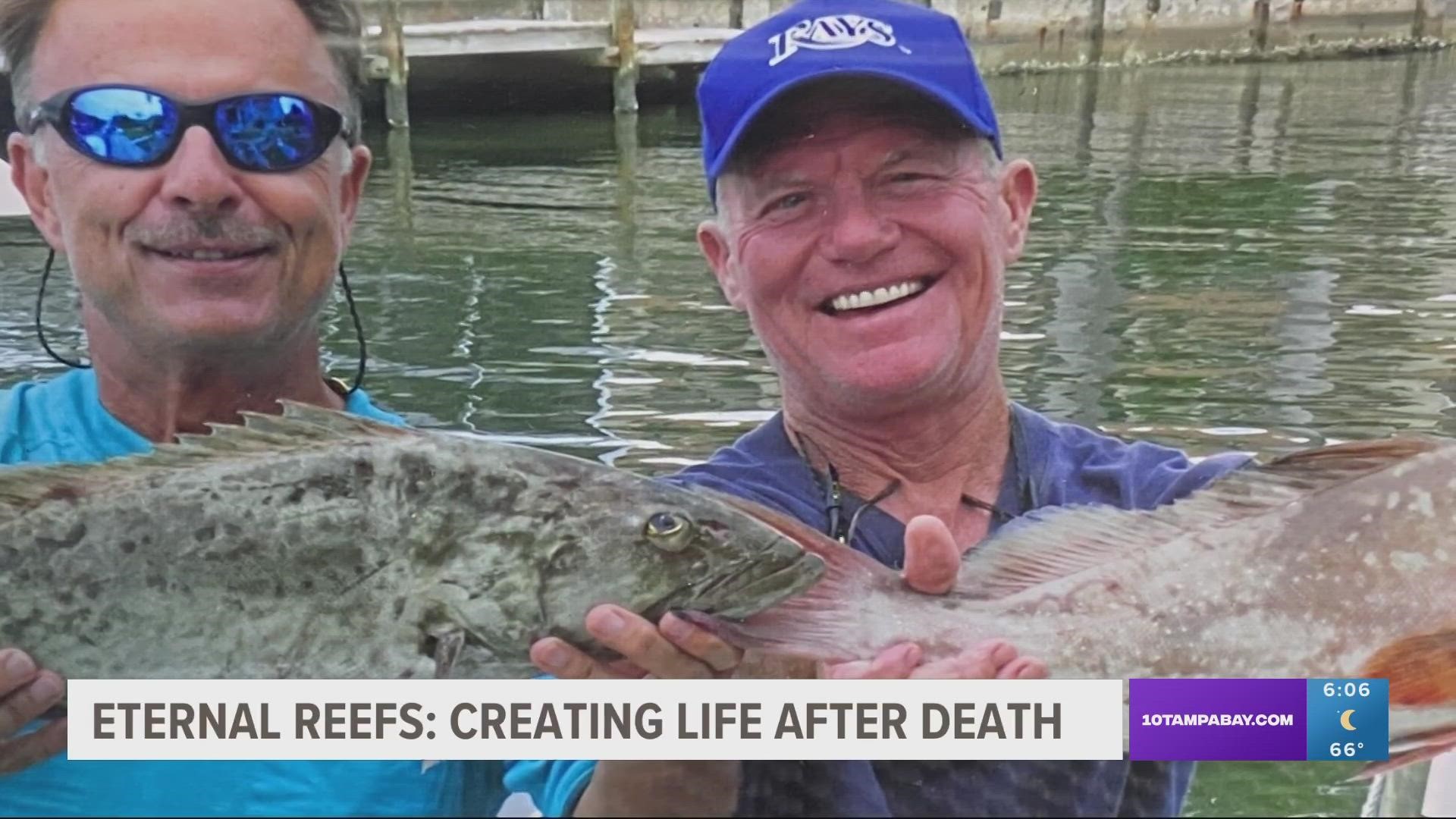SARASOTA, Fla. — Death is not a subject we enjoy talking about or like to think about, but it’s important, especially for your family, to plan.
There are plenty of options, and there’s a green option – a green burial – just off the coast of Sarasota where hundreds of people have found their final resting place and are creating life after death.
“He was a man with a heart that needed life and adventure,” Charlene Creel said. Her husband, Tom, grew up on the water. He loved the Gulf of Mexico.
“Pleasure boating, fishing, kayaking, we both scuba dived. It was a love of his and he gave that to me,” Charlene Creel said.
When Tom Creel was diagnosed in 2013 with melanoma, Charlene Creel said he made sure to enjoy the remainder of his life. He shared the water he loved with those he loved most.
It was during one of their outings on the water that they stumbled upon Eternal Reefs and what’s called a reef ball dedication ceremony.
“We hear a loudspeaker and we see flowers going in. So we stop what we're doing, and we cruise closer over and we see what's happening,” she said.
They were watching a green burial, where someone’s final resting place was on the sea floor as part of an artificial reef system reviving marine life in the Gulf.
Charlene Creel says at that moment, her husband knew what he wanted after he passed.
“It was very simple. He said, 'When I pass I want to be a reef ball,'” she said.
In 2016, Tom Creel passed away. He was cremated and once again, his wife found Eternal Reefs. On Father’s Day weekend, Tom Creel's kids, grandkids, Charlene Creel and their friends and family came together to fulfill his wish and create his reef ball.

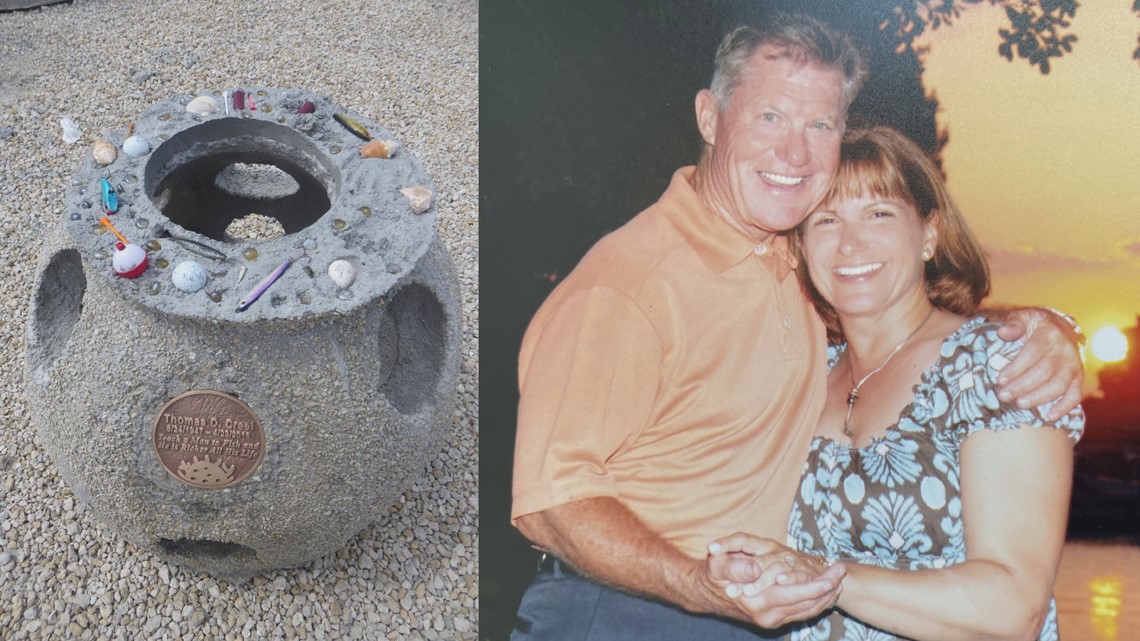
“This is where the cremated remains reside,” Eternal Reefs CEO George Frankel said.
He walked us through the process families go through. As they combine their loved one’s ashes with concrete and create what’s called “the pearl.” It is the centerpiece, the heart, of the reef ball.
“Then we put fresh concrete on the top of the reef, and this is where they’ll personalize it,” he said.

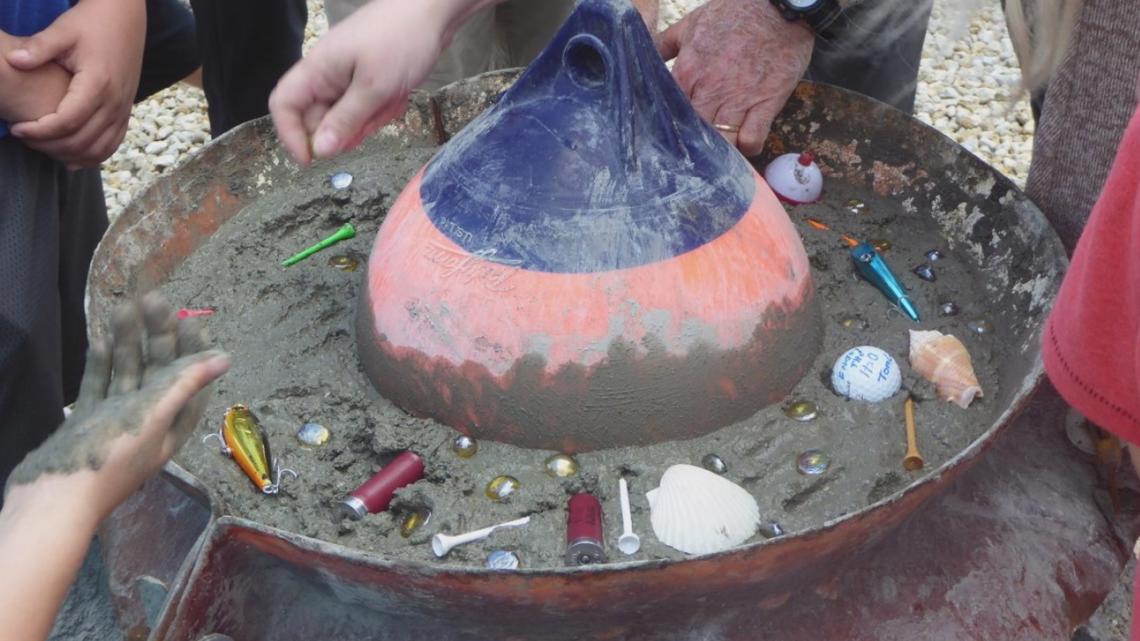
Charlene Creel shared pictures of Tom Creel's reef ball with mementos important to him: fishing lures, golf balls, shotgun shells from clay shoots and more.
“And the kids were able to decorate that and make that a memory for them,” she said.
Frankel explained that the family being a part of the creation is key.
“They take ownership of these reefs. This has now become a lot more than ‘my mother or my father’s memorial.’ It becomes the tribute that I made to their life with my own hands,” he said.
Watch: See how families can personalize a reef ball in this June 2018 report from 10 Tampa Bay
Finally, families are taken by boat for the final placement and dedication on the reef site.
They receive the exact coordinates of their loved one’s reef ball so they can dive and visit if they choose or boat out and just be above it.
Eternal Reefs cannot guarantee that in the future another loved one’s reef ball will be placed near it because of permits, but the option Charlene Creel has chosen is to combine the remainder of her husband's ashes with hers when the time comes.
“He is in the water that he just loved and hopefully surrounded by fish of all different types. There’s life all around,” she said.

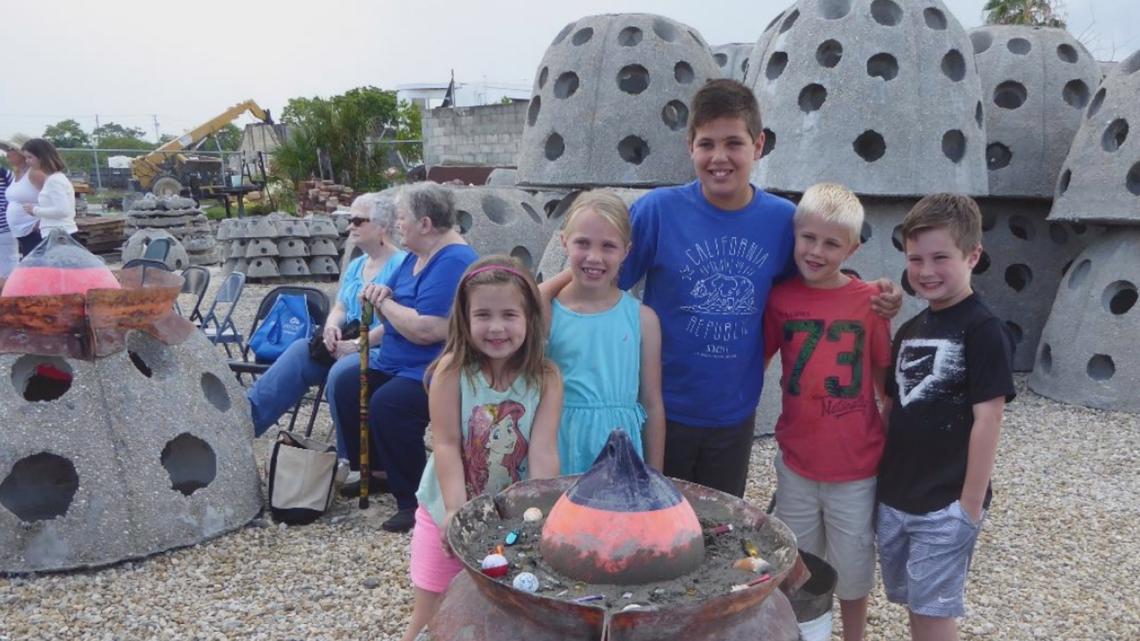
Frankel says marine life takes to the reef balls almost instantly and in a very short time, you can see the impact on the ecosystem underwater.
“In the right conditions we get growth on these reefs in as short a time as six weeks,” he said.
When asked about the material that makes up the reef balls that ultimately will be in the Gulf for eternity, Frankel was clear it’s safe.
“All the ingredients, including the cremated remains, are non-toxic to the environment. They are all-natural materials,” he said.
The U.S. Army Corps of Engineers designates permitted areas for artificial reefs — it’s regulated. They don’t replace natural coral reefs but can provide what’s missing like shelter and food. Frankel also pointed out divots in the reef balls that are created to support coral conservation efforts.
“We actually can use these reefs for coral transplants,” he said.

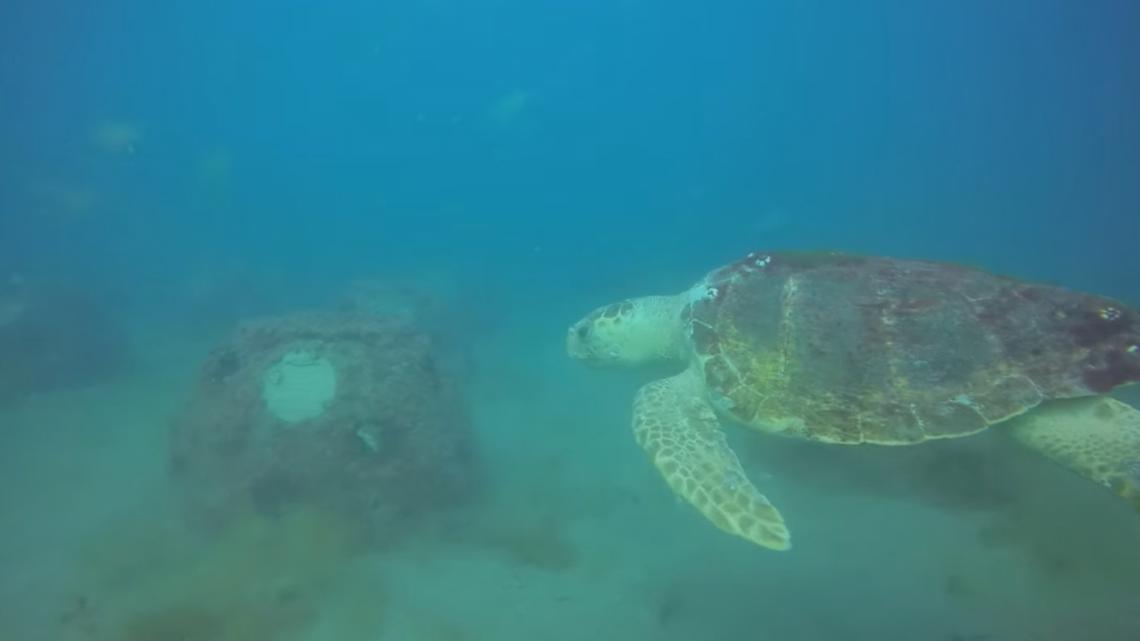
Right now, this is helping life underwater and in the future, it could be a solution to another problem as usable land for cemeteries will eventually become a premium.
“Less than 1% of that bottom surface that’s been approved for an artificial reef has actually been used for an artificial reef,” Frankel said.
“So in terms of just space consideration, we have, I’m not gonna tell you it’s unlimited, but it’s unlimited,” he added.

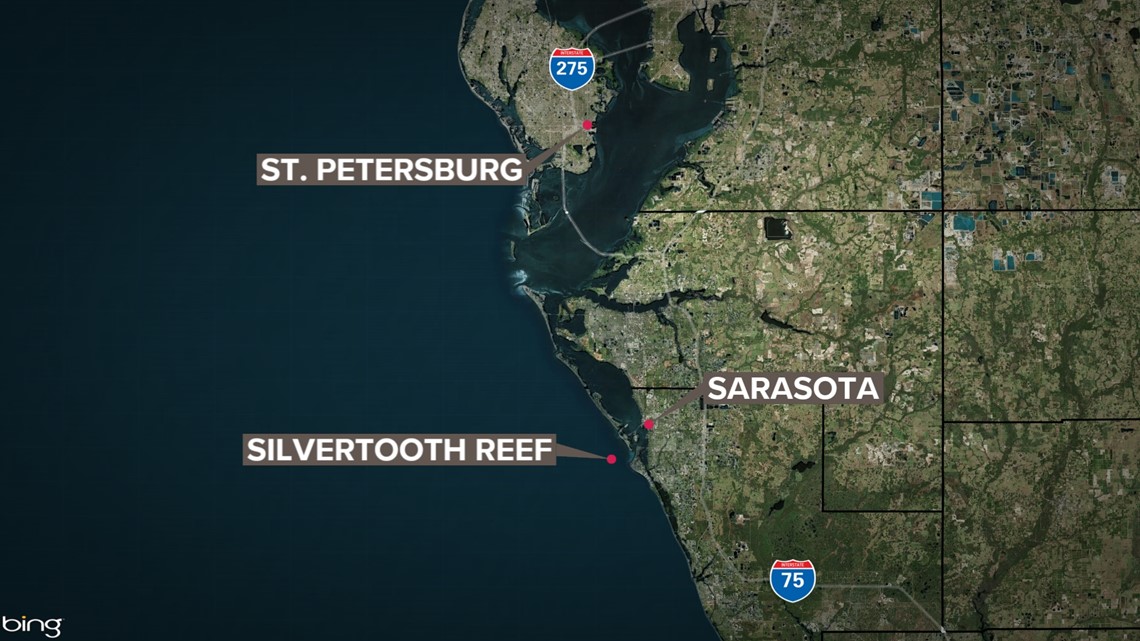
It’s a process that conserves resources, creates life and brings closure to families.
“What we were able to see was that reef ball that he wanted to become be placed in the Gulf of Mexico. And the closure that brings for little people and spouses is truly beautiful,” Charlene Creel said.
There’s also an economic aspect as Eternal Reefs is a non-profit organization. A reef ball can cost between $3,500 and $8,500, depending on size.
Frankel explained that the reef ball can be a charitable tax deduction because that cost is a donation because it becomes public property, going into a permanent reef site.

